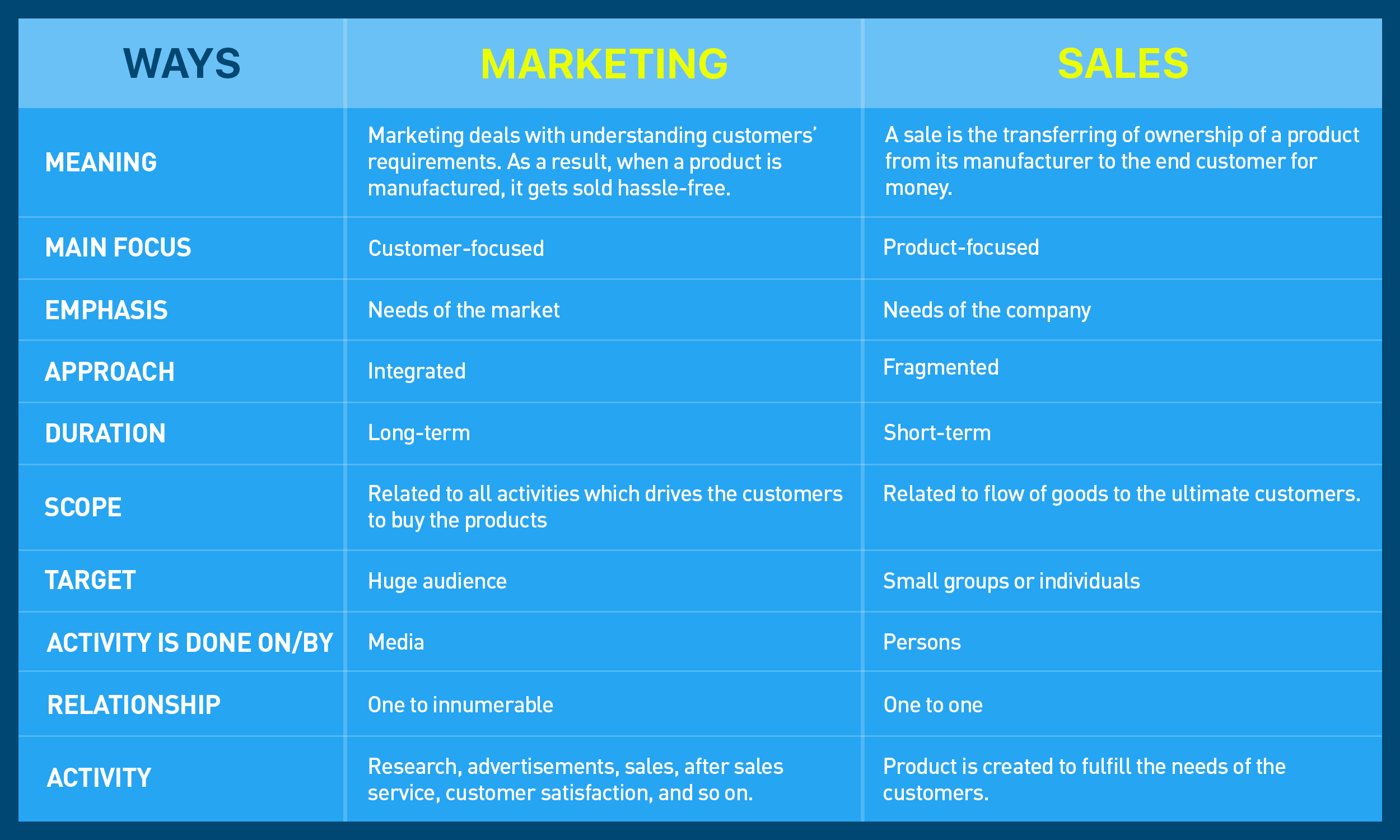AI tools get all the attention. But it’s AI agents that do the real work.
They don’t just generate content or answer queries. They follow instructions, pass tasks, and complete steps without much hand-holding.
That shift changes how marketing teams run daily work. Less jumping between tools, more flow across actions.
If you’re planning to use agents in your stack, here’s where to start.
AI agents work best inside repeatable workflows
Agents perform best when they run inside a loop.
For example, let’s say your team handles weekly email campaigns.
- One agent can draft the copy
- Another can design variations
- A third can A/B test subject lines based on last week’s performance.
The loop runs on logic, not volume. That makes AI useful even in small setups where consistency matters more than scale.
Structure beats skill when it comes to results
An agent’s output reflects how you frame the task.
Writing “make a social post” gives you a generic answer. But telling the agent to “write three LinkedIn posts, each under 150 words, with a hook, insight, and CTA” triggers something sharper.
Good results come from clear boundaries. Not just what you want, but how, for whom, and when it should be used.
This is where many teams get stuck. The agent isn’t the problem. The input is.
Use agents to clean up noisy steps
Some tasks look simple but burn time.
Think of formatting long-form blogs, turning Zoom transcripts into summaries, or standardising internal briefs.
These are repeatable. They drain creative time. And they break momentum.
That’s where agents fit well—tasks that require consistency but low judgment.
Set the rules once, test a few outputs, and let the agent take over the rest.
Use cases that work well now
Some tasks already show consistent results when handled by AI agents. These tend to be structured, repetitive, and don’t rely heavily on subjective judgment.
You can use agents to generate keyword-based content outlines before writing begins. They also do well with cleaning up raw transcripts and turning them into usable snippets for social media.
E-commerce teams often rely on them to draft product descriptions at scale, while copy teams use them to rewrite messaging in different tones depending on the channel.
Agents also help with research-heavy processes. For example, they can pull public data to create weekly competitor summaries.
In customer service, they tag tickets based on urgency, which shortens response times. For lead routing, agents can scan form inputs and decide where each entry should go.
Some teams even use agents to script short-form videos based on old blog posts, saving creative teams hours of prep.
Not every workflow fits this model, but these examples tend to give you a clean, dependable starting point.
Integration matters more than power
A strong agent on its own does less than a modest one wired to your systems.
That means connecting agents to tools you already use, like your CMS, email builder, CRM, or ad platform.
For example, instead of asking the agent to write headlines, set it to pull past winners, test variations, and push updates directly into your ad platform.
No copy-pasting. Just action where it matters.
When agents feel like teammates (not tasks), you gain speed without more software.
Final Thoughts
We’ve seen AI agents reshape how marketing teams handle work.
They don’t replace creativity. But they do help you protect it by clearing the clutter around it.
That’s something we care about deeply in our work with clients. Whether we’re mapping strategy or shipping daily content, our goal stays the same: build systems that let the humans focus on what moves the brand.
If you’re ready to bring that kind of momentum to your team, we’re happy to help make it real.






